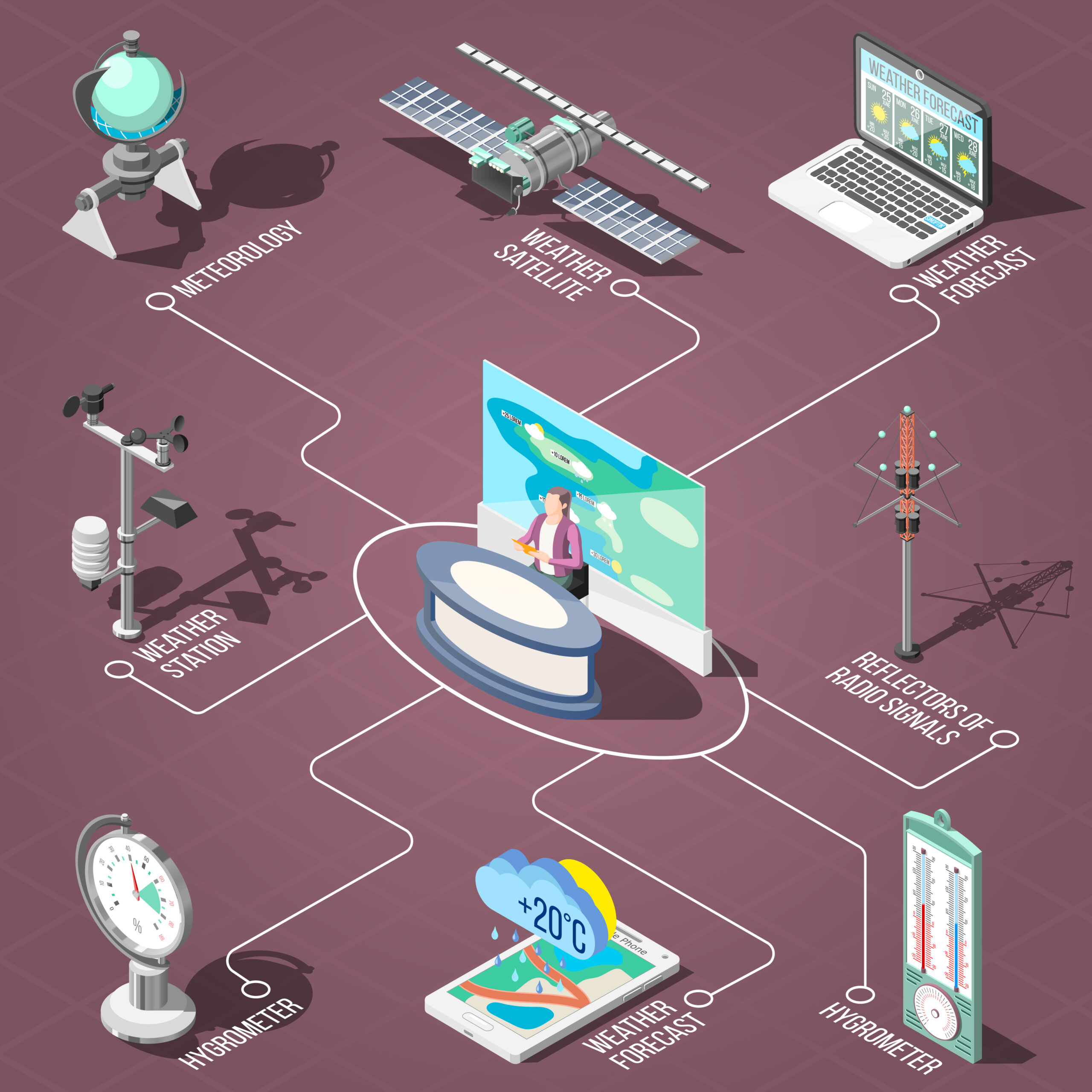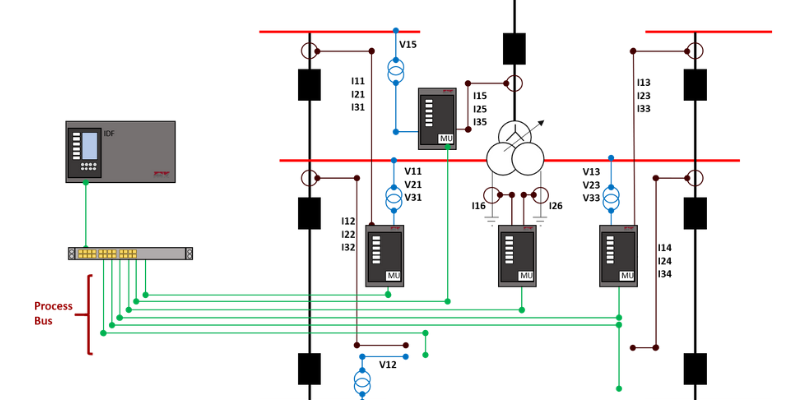Our Course
Power System Protection & Relay Coordinate Course



Course Overview
Power system protection systems play a crucial role in establishing reliable electrical power systems. Poorly designed protection systems may result in major power failures. Due to the increasing importance of electricity, such power failures can have a serious impact on society and the economy.
Knowledge of power system protection systems is key when it comes to optimizing the reliability level of electrical infrastructures. With the advances in protection and communication technology in recent decades plus the strong increase of renewable energy sources, the design and operation of power system protection systems has become ever more challenging.
This training course presents the fundamentals of power system protection and its application. A very “hands-on” is used to teach the concepts. Understanding is reinforced with real world examples. Interaction is encouraged between participants and the presenters, to underpin the learning objectives.
Throughout the course, Engineers will have an opportunity to be exposed to learn more about relay coordination for power system protection by using commercial IEDs (Intelligent Electronic Device). It will facilitate to get skills for calculating settings and testing of protection operation conditions.
Completing this course will charge you for:
- Identify the challenges and solutions to industrial power system protection problems
- Select the appropriate protection schemes for various applications
- Able to analyze power system faults for balanced and unbalanced conditions
- Able to analyze time coordination curves (TCC) to verify the coordination between upstream and downstream protection devices including fuses & sequence of operation of protection devices
- Identify, apply, and calculate settings for overcurrent, directional overcurrent, distance, differential and pilot protection schemes
- Identify, apply, and calculate settings for power lines, transformer, generator and bus bar protection schemes
- Develop an understanding of the most common types of protection & apply the theory to a range of practical examples
- Select proper sets of relays and to measure characteristics of protection
- Understand how to determine relay settings, and/or evaluate systems designed by others
- Familiarize with International Industries Norms (IEEE 242, IEEE 3004, IEEE 399, IEC 60255 etc.)
Who is the course for?
- Engineers who want to switch their department/unit to Substation. Engineering department/unit in their Company
- Engineers from state Electricity Boards, Power Utilities/ Corporations
- Graduate Engineers from Academic institutions
- Pre-Final Year & Final Year Engg. Students
- R & D organizations, Research Scholars
- Certified
- 90 Days
- 50 Students
- 100 Sections
- Martha Hudson
- 10 Modules
- 24 Downloadable Resources
- Fulltime Access
Engineering Specialists & Lecturers from






Electrical Engineer | Tesla Electrical | Ghana
The electrical substation course is an excellent course that helps you understand the concepts of electrical substation and also provides you with the practical knowledge needed to implement what has been taught to real life projects. I would recommend this course to any up and coming electrical engineer.

Grid Solutions Manager | IB Vogt | Greater Madrid
Excellent academy for the Substation course. The content is comprehensive and up-to-date, making it ideal for both professionals and those new to the field. The presentations are clear, well-structured, and the instructors demonstrate deep expertise. The practical approach helps to easily apply the knowledge gained. Highly recommended for anyone seeking high-quality training in the electrical sector.

Senior Electrical Engineer | L&T-S&L | India
I recently had the opportunity to enroll in the Electrical Engineering Substation training program offered by 50Hz Academia, an online platform specializing in engineering education. As someone seeking to deepen my understanding of substation fundamentals, I found the experience to be incredibly valuable and rewarding.First and foremost, the course content was extensive and well-structured. From the basics of substation components to advanced concepts in power distribution each module was meticulously crafted to provide a thorough understanding of the subject matter. The instructors demonstrated a profound knowledge of the material and presented it in a clear, concise manner, making even the most complex topics accessible to learners of all levels.One aspect of the training that particularly impressed me was the use of real-world examples and case studies. By applying theoretical concepts to practical scenarios, the instructors were able to illustrate the relevance and application of the material in industry settings. This approach not only enhanced my understanding of the subject but also fostered a deeper appreciation for the intricacies of substation design and operation.

Electrical Engineer | Tengizchevroil | Cape Town
Substation Design Course
Excellent course with top course presenters. Real world information is shared. Highly recommended.
Substation Layouts covered very well.
Substation Equipment also covered in detail and well explained.

Senior Electrical Engineer | Sedgman | Canada
I recently attended a course on substation design and engineering. The course covered a lot of material suitable for intermediate and advanced levels. We explored various subjects related to substation design, engineering principles, and safety rules.
One of the standout features was the focus on real-world applications. We looked at case studies and scenarios, which helped us understand how theoretical knowledge is applied in practice. The course also included sessions on single line and layout drawings, which are essential for substation design.
Overall, the course provided a solid foundation and practical skills for anyone interested in substation design and engineering.

Power Systems Engineer | KETRACO | Kenya
I recently enrolled for 50hz-academia’s Substation Design Course. The course instructors, who I found to be extremely knowledgeable, did a solid job and covered critical topics such as: –
1. Substation layout development in AutoCAD.
2. Primary Equipment Selection + their associated Engineering Calculations (useful handbooks/calc. sheets shared).
3. Cable, Battery and Earthing Design, and so much more.
The interactive course also takes a highly practical approach with instructors always making references to real-life SLD’s, technical specifications, layouts, equipment assembly drawings and standards (IEC, IEEE), etc.
I highly recommend it for aspiring substation design engineers.

Electrical Engineer | AMGD | United Arab Emirates
I recently attended the Substation Design course with 50Hz Academia, and it was a game-changer for me as an Electrical LV/ELV specialist. The instructors were knowledgeable and used real-world examples to cover every aspect of substation design and engineering.
The course covered all components of substation design.
Real-world examples made the learning experience valuable.
The training gave me the confidence to deliver complete substation designs and provide design support.
I highly recommend 50Hz Academia’s Substation Design course to electrical engineers looking to upgrade their skills. Thank you, 50Hz Academia, for providing this valuable training opportunity!

Directeur technique | VDN Group | France
I highly recommend 50 HZ Academy for anyone looking to deepen their knowledge in HV substation design. The skills and insights gained from this training will undoubtedly enhance my professional capabilities.
The trainers were knowledgeable and approachable, always ready to clarify doubts and share real-world insights. The hands-on exercises and case studies helped bridge the gap between theory and practice, making the learning process engaging and relevant.

Electrical QA/QC Engineer | GPEC | Riyadh Region
The substation design course proved to be an exceptional learning experience, providing a concise yet through exploration.
Training experience was Outstanding.
Course Modules
- Power System Protection Concepts (Type of Protection)
- Protection Philosophies
- Desirable Attributes of Protection System (e.g., Security, Dependability, Selectivity etc.)
- Protection Paradigms – Apparatus Protection
- Protection Paradigms – System Protection
- Evolution of relays from Electromechanical to Numerical Relay (IED’s).
- Role of primary equipment’s e.g., Circuit Breaker, Instrument Transformer (CT’s, PT’s) etc.
- Software used for Protection Setting & Coordination
- Protection setting plans
- ANSI Code & Various Standard used for Protection & Relay setting calculation
- Sequence Components
- Extract positive, negative and zero sequence components from
 unbalanced phasors
unbalanced phasors - Synthesize & Analyze
 , S-L-G, L-L and L-L-G faults using sequence components.
, S-L-G, L-L and L-L-G faults using sequence components. - Find out fault currents for S-L-G, L-L and L-L-G faults
- Per unit calculation and its advantages
- Modeling aspects of static apparatus like transmission line and transformers
- Evaluation of Thevenin’s equivalent
- Per unit values of all element impedance in the given system
- Reduction of the circuit for the given fault locations
- S-L-G fault current for the given system
- Short-circuit calculations (Ohmic Methodology / Per Unit Calculation (IEC 60909/ IEEE 242 :1986))
- Distance Protection & Line Differential Application
- Distance Zone Settings
- Distance Protection Schemes
- Power Swing Detection and Blocking
- Directional and non-directional overcurrent & earth fault protection
- Negative sequence overcurrent protection
- Residual Power Protection – Zero Sequence Power Protection
- Switch on to fault (SOTF)
- Broken conductor detection
- Thermal overload
- Residual overvoltage
- Undercurrent protection
- Overvoltage & Under voltage protection
- Under frequency protection & Over frequency protection
- Circuit breaker fail protection
- Check Synchronization
- Auto-Recloser
- Voltage transformer supervision (VTS)
- Current transformer supervision
- Channel Aided schemes with basic schemes, Permissive Underreach (PUP) and Permissive Overreach (POP) transfer trip schemes and Blocking schemes.
- Fault recorder & Disturbance recorder
- Distance Relay Setting Examples
- Guidelines for Protection of Power Transformers
- Protection concepts for Power Transformers
- Protection equipment typically used for power transformers
- Transformer Differential Protection (87T)
- Restricted Earth Fault Protection (64)
- Second Harmonic Blocking
- Current Protection Functions
- Phase Overcurrent protection
- Earth Fault Overcurrent protection
- Negative Sequence Overcurrent protection
- Sensitive Earth Fault protection
- Circuit Breaker Fail Protection
- Voltage Protection Functions
- Under voltage Protection
- Overvoltage Protection
- Residual Overvoltage Protection
- Negative Sequence Overvoltage Protection
- Frequency Protection Functions
- Over fluxing Protection
- Frequency Protection
- Monitoring and Control
- Event Records
- Disturbance Recorder
- Measurements
- Supervision Functions
- Voltage Transformer Supervision
- Current Transformer Supervision
- Trip Circuit Supervision
- Schematics Hardwired & Soft Logics/Interlocking
- Setting guidelines
- Worked examples on power system protection
- Guidelines for Protection of Substations
- Overall Protection Concepts for Substations
- Master Trip Relay (86) Operation
- Protection Equipment Typically used for Substation
- Busbar Protection
- Low Impedance Differential Protection
- High Impedance Differential Protection
- 96 BB (Master Trip Relay) Operation
- Check Zone Feature
- Local Breaker Backup Protection
- Centralized Architecture
- Distributed Architecture
- Bus coupler Protection
- Principle of Reactor protection
- Principle of Capacitor protection
- Different Protection functions of Reactor
- Differential Protection
- REF
- Back-Up Protection
- Over Excitation
- Under Excitation
- Different Protection functions of Capacitor
- Unbalance Protection
- Fuseless and Unfused Banks
- Overload Protection
- Short Circuit and Earth-Fault Protection
- Negative-Sequence Overcurrent Protection
- Undervoltage and Undercurrent Protection
- Guidelines for protection of power cables and lines
- Protection concepts for power cables and lines
- Protection equipment typically used for power cables and lines
- Overcurrent protection
- Setting guidelines
- Distance protection
- Differential protection
- Worked example for above
- Guidelines for protection of motors
- Protection concepts for motors
- Protection equipment typically used for motors
- Setting guidelines
- Thermal overload
- Starting protection
- Load jam protection
- Locked rotor protection
- Worked examples
- To design SCADA Architecture
- Selection of PLCC, Communication protocol
- Benefits of Substation Automation System
- Substation Automation System with IEC 61850
- Schematics of PLCC & its Architecture
- Learn to Prepare CRP Schematics
- Line Panel
- Transformer Panel
- Busbar Panel
- Bus coupler Panel
- Reactor Panel
- Capacitor Panel
- Relay Co-ordination Setting
- Live project Examples


